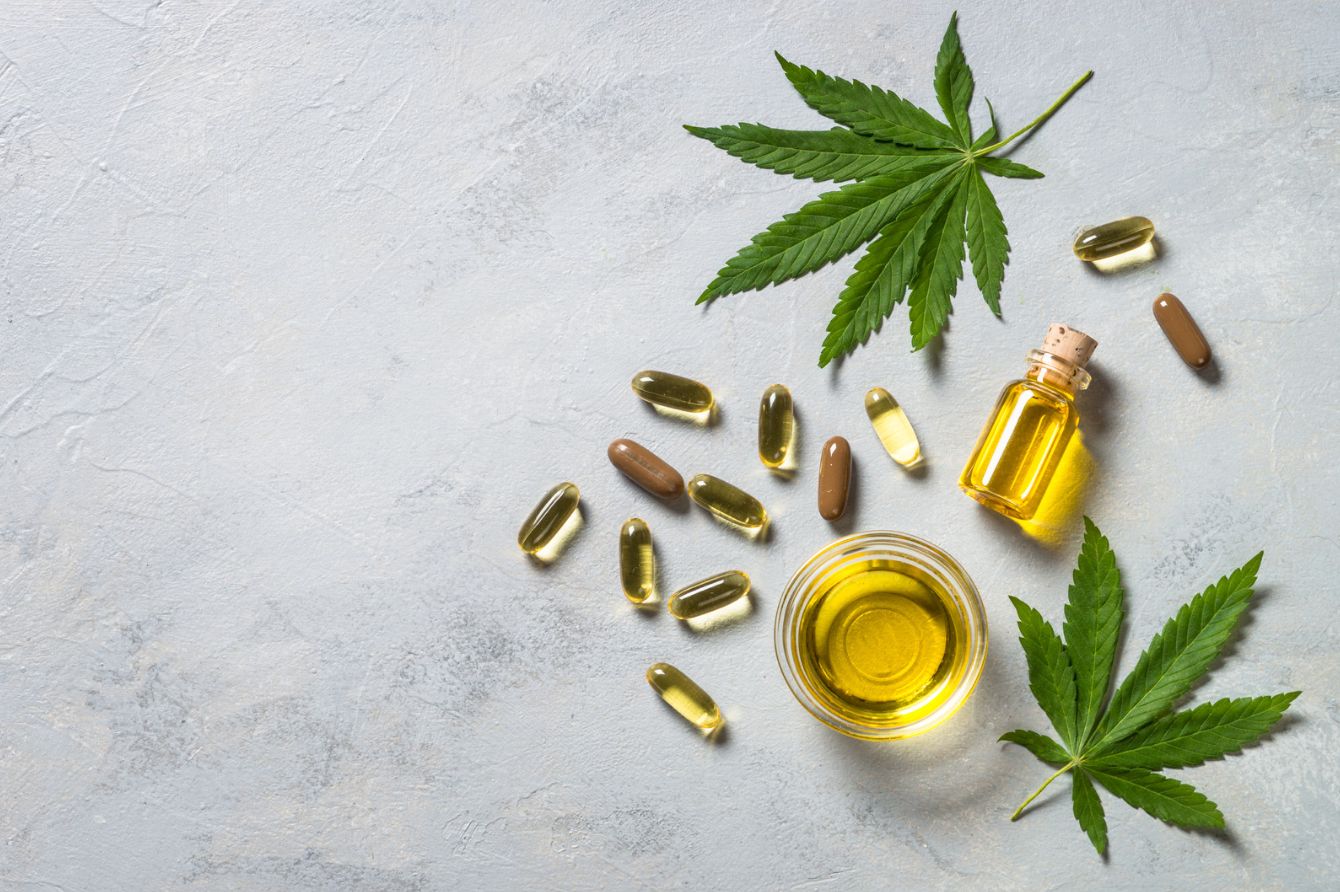Cannabinoids as a Substitute for OTC Medications
All Blog PostsInflammatory pain is a common occurrence affecting virtually all adults at some stage of their lives, with some individuals experiencing chronic inflammatory conditions that significantly disrupt their quality of life.
Both over-the-counter (OTC) and prescription anti-inflammatory medications are readily accessible and widely utilized. Non-steroidal anti-inflammatory drugs (NSAIDs) constitute the most prevalent category of anti-inflammatory medications, encompassing aspirin, ibuprofen, naproxen, and prescription variants like celecoxib, diclofenac, etodolac, and ketoprofen. These medications operate by inhibiting enzymes known as COX-1 and COX-2, which are responsible for the production of prostaglandins—a group of compounds crucial for various cellular functions, including blood clotting, gastrointestinal protection, and inflammation regulation. However, the non-selective nature of most NSAIDs, barring celecoxib, which selectively targets COX-2, poses a dilemma. While NSAIDs effectively alleviate pain and inflammation by blocking COX-2, the concomitant blockade of COX-1 leads to undesirable side effects.
Adverse reactions and complications associated with NSAIDs are both frequent and severe. Studies have revealed that the incidence of NSAID-related adverse drug reactions stands at 26%, with complications ranging from upper gastrointestinal bleeding and ulcers to cardiovascular events such as heart attack and stroke, alongside liver or kidney issues, high blood pressure, and even death. In 2015, the FDA strengthened the warnings on NSAID labels to underscore the heightened cardiovascular risks associated with NSAID usage, leading to the withdrawal of certain NSAIDs from the market due to risks outweighing benefits.
Over the past few decades, numerous studies have elucidated the anti-inflammatory properties of phytocannabinoids and terpenoids abundant in the cannabis plant. These compounds exert their anti-inflammatory effects through various mechanisms, including the inhibition of pro-inflammatory compounds produced in response to injury or illness. For instance, cannabidiolic acid (CBDA), the raw precursor to CBD, demonstrated significant COX-2 enzyme inhibition, surpassing even NSAIDs and other cannabinoids in efficacy.
Patients grappling with inflammation now have an array of options in cannabis medicine, including non-smokable delivery methods such as tinctures, edibles, topical balms, and vaporizers. Furthermore, patients can tailor their cannabinoid intake by choosing from THC-rich, CBD-rich, or combination products, including CBDA and CBG.

